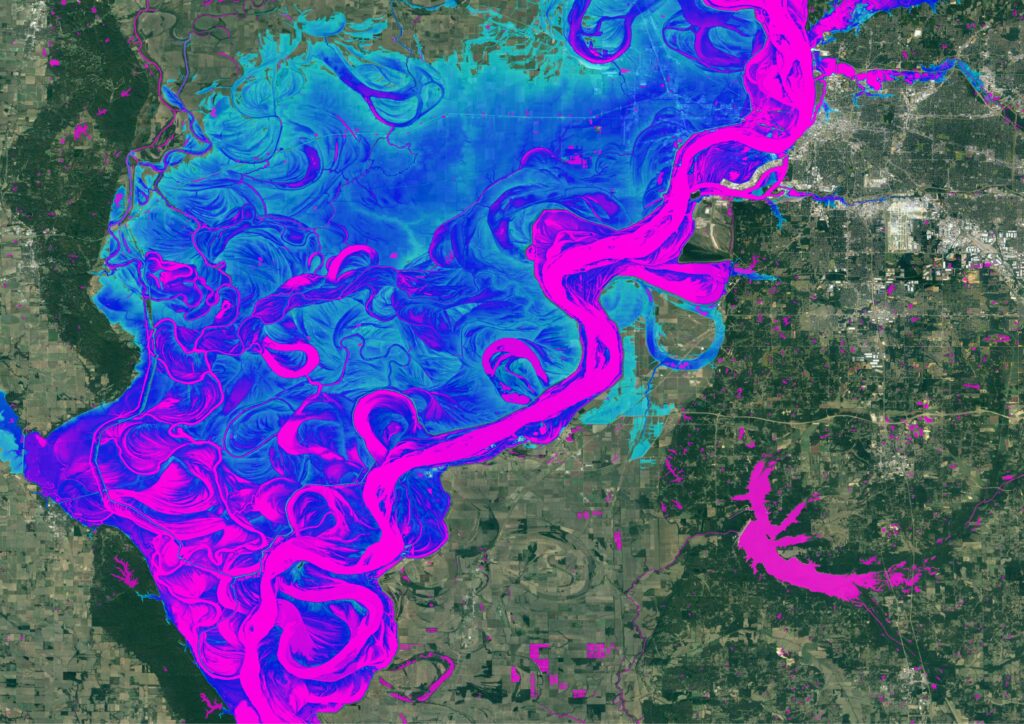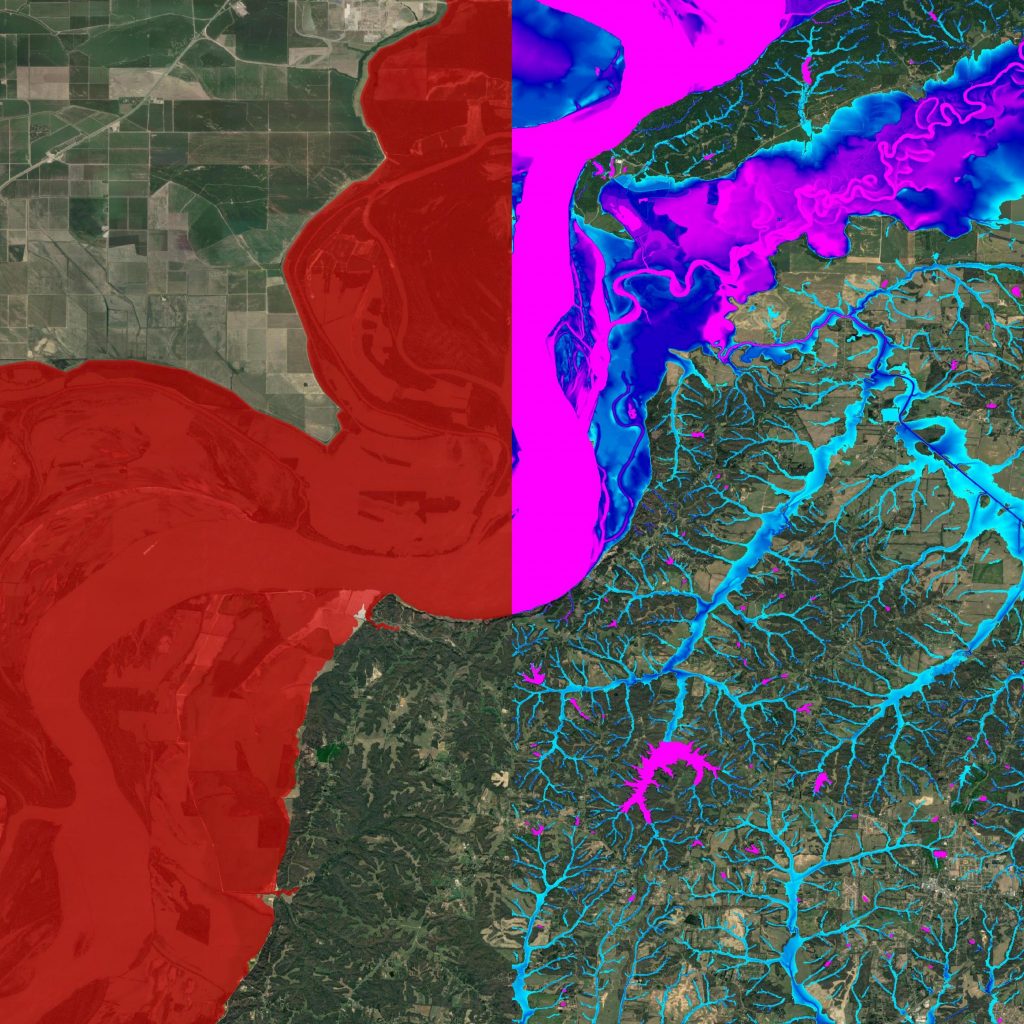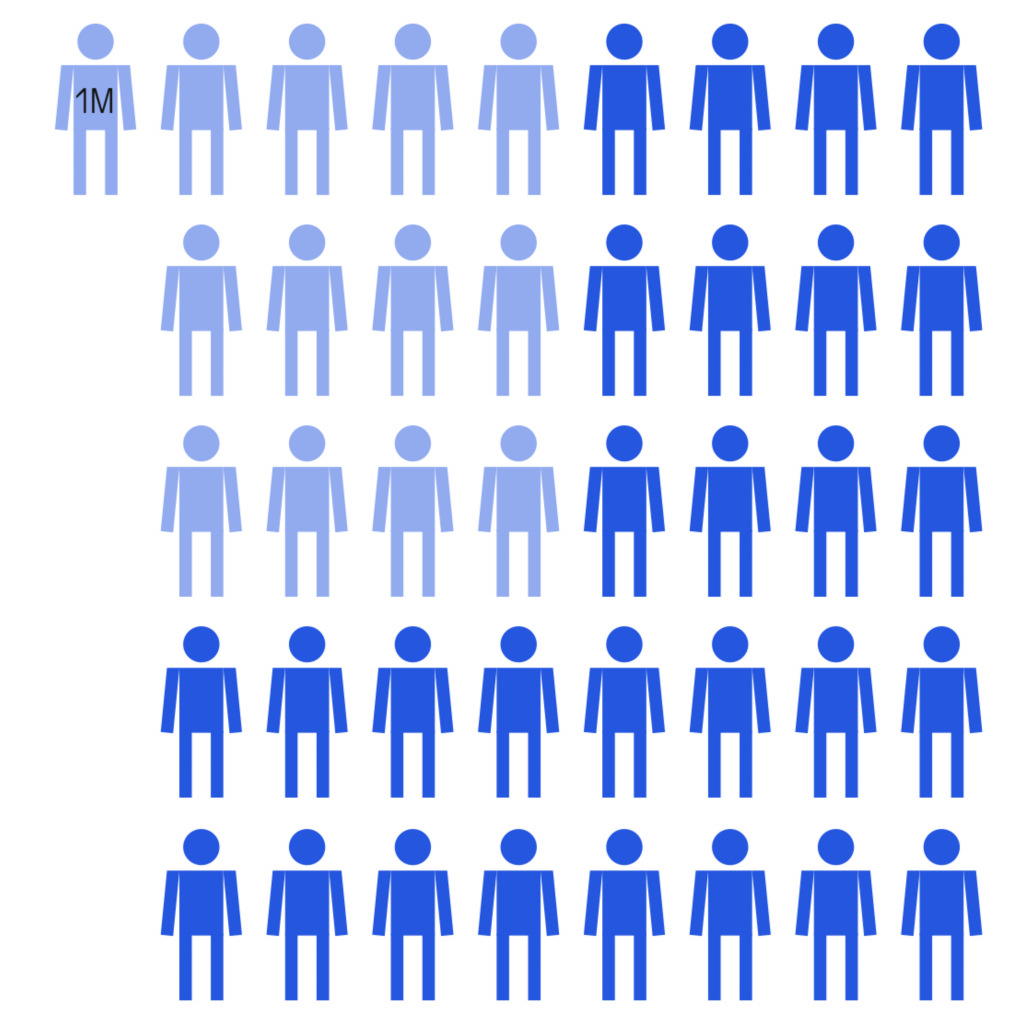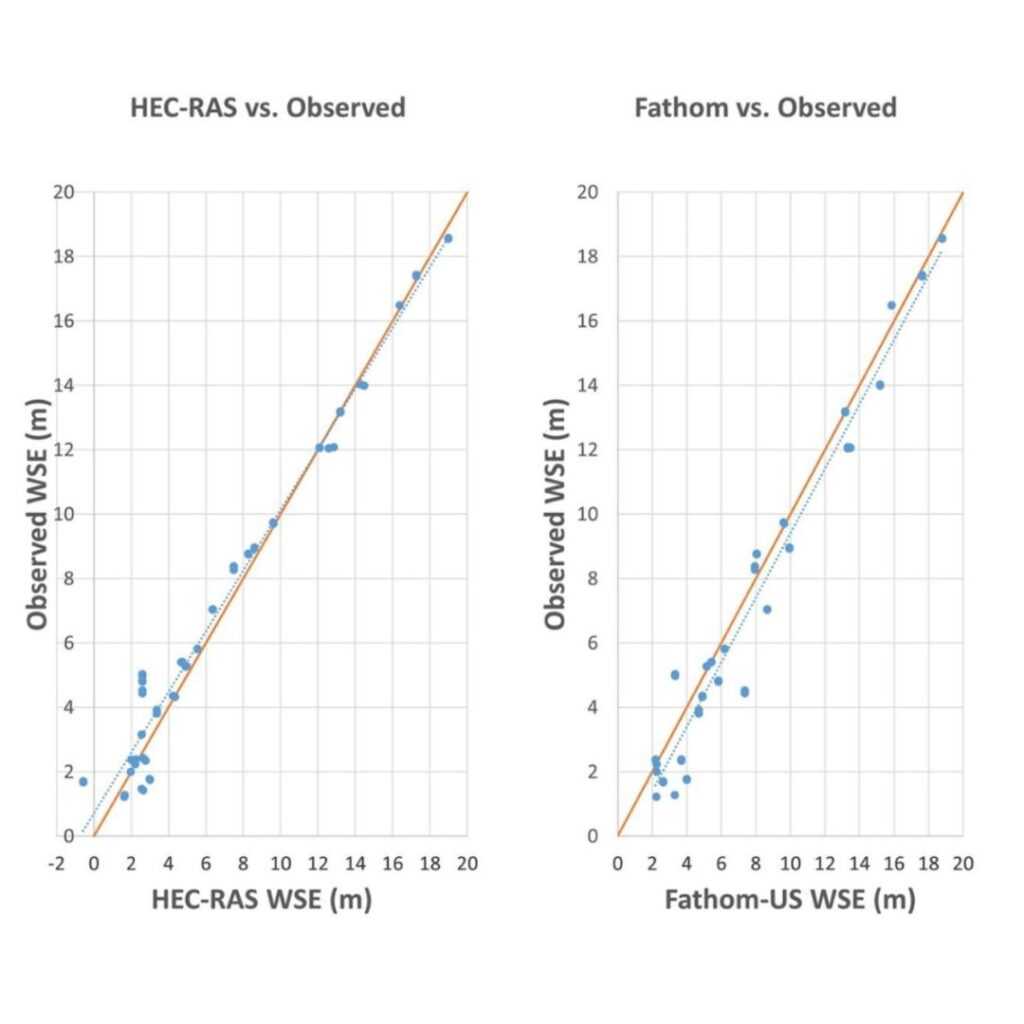
Uncover comprehensive and climate-driven flood hazard information for both inland and coastal perils with Fathom’s US Flood Map. Available as either a flood depth or Risk Scores, the map utilizes the latest observation, terrain, and climate information. The result is the most technologically advanced, country-wide flood map. For anybody seeking to understand flood exposure, US Flood Map is the complete picture.
Key features of Fathom’s US Flood Map
Future climate
Represent all plausible futures with our fully flexible Climate Dynamics framework. Build hazard data for any emissions scenario, time horizon or temperature change
Flood layers
— Depths for return periods between 1-in-5 to 1-in-1000 year
— Risk Scores for each type of flooding
Terrain data
Fathom has compiled the most accurate digital terrain model of the US –FABDEM+. The data consists of a large proportion of up-to-date LiDAR imagery that has been blended with cutting-edge FABDEM terrain data, in areas where local terrain data are unavailable
High-resolution inland and coastal flooding
— Total representation of fluvial, pluvial and coastal flooding
— Simulation of flooding for all river channels, irrespective of size, including even the smallest of flow pathways
— All available at ~10 meter resolution – 1/3 arcsecond data
Access
Gain instant on-demand access via the Fathom API and Fathom Portal, direct provision or via a partner
Discover Fathom’s options for access
Fathom’s US Flood Map is also available in CatNet®, Swiss Re’s leading location intelligence platform. Book a consultation to learn how you can leverage multiple datasets simultaneously with this integration.
Metadata
Providing transparency with additional information within our maps to provide you with a better understanding of the influencing factors that may impact the certainty of flood risks, across all flood perils.
About Fathom’s US Flood Map Scientifically validated, large-scale flood mapping, with local-scale precision
Fathom’s specializes in building locally relevant, physically based models of the entire world. This is made possible through the generation of highly detailed and niche geospatial datasets that, when combined, begin to simulate the real-world dynamics of water across the earth’s surface. Of these datasets, the most impactful is terrain.
In developing US Flood Map, Fathom’s engineers have compiled the most accurate digital terrain model of the United States – FABDEM+. It consists of up-to-date LiDAR data, with new LiDAR for all of Texas and extensive improvements across Florida. This has been blended with the cutting-edge FABDEM terrain dataset, in areas where higher-quality local terrain data are unavailable. The result is a consistent dataset for the entire country that can be deployed by geospatial teams, engineers, cat modelers and digital platforms across a wide range of use cases, including flood mapping.
Alongside state-of-the-art terrain, Fathom’s US Flood Map also benefits from advanced present-day and future climate state representation. The map does not base its present day view on historical observations alone, but rather adapts estimates from global climate model ensembles to represent the impacts of climate on water risk – alongside how exposure to climate may differ under various scenarios.
For the end user, this provides the first fully-flexible framework for climate change – Climate Dynamics. This empowers asset managers, consulting engineers, insurers and investors to make informed decisions and effectively manage large portfolios, investments and assets for any location across the Conterminous US, Puerto Rico and Hawaii. The framework can be customized against emission scenarios, time horizons or temperature changes, at ~10 meter resolution.
Extensive validation and analysis has also been undertaken on US Flood Map though our work with the Iowa Flood Center. It has found that Fathom’s US Flood Map strongly correlates with maps from the Iowa Flood Center, offering national-scale flood mapping within real-world error. Learn more about our US Flood Map validation.
Learn how we build physically based models by exploring our Product Stack.
On-demand webinar: The science, methods and data behind Fathom’s cutting-edge US Flood Map
Watch our recent webinar available on-demand, where we present a technical deep dive into the science, methods & the latest observation, terrain & climate data driving the map.


